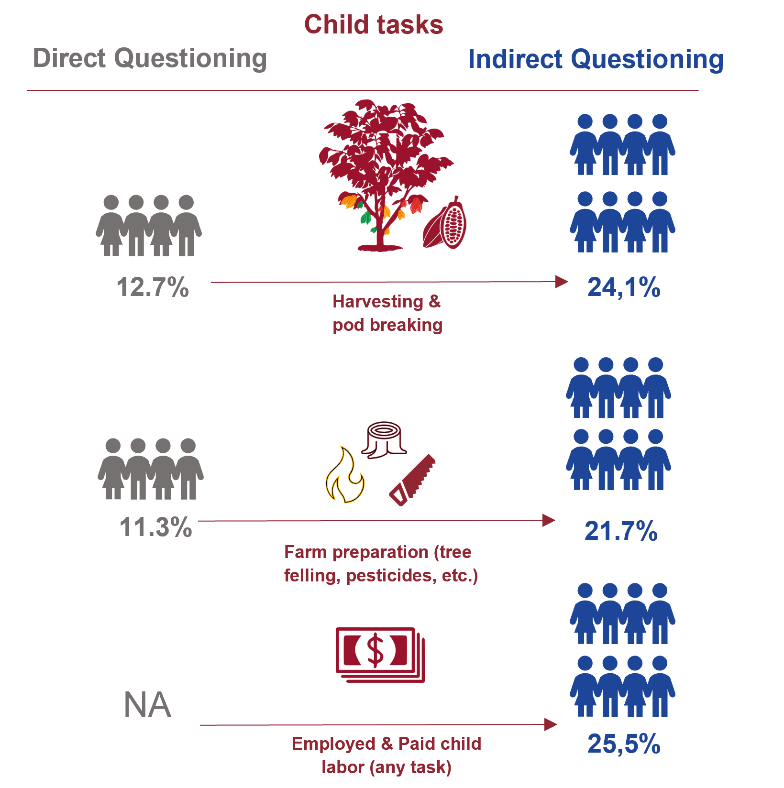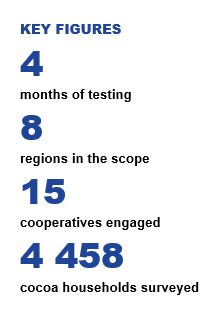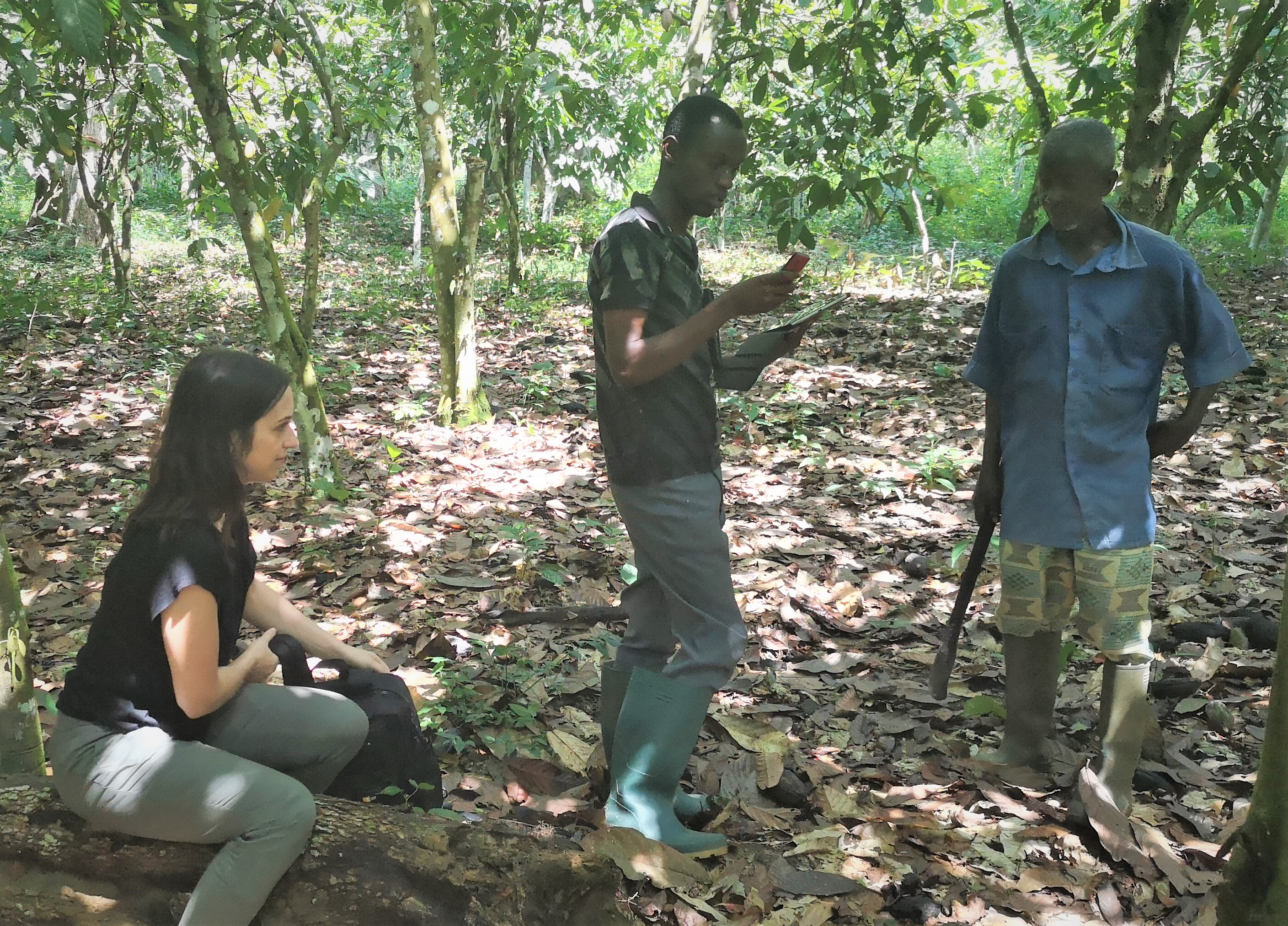New research method to improve child labor measurement
REALITY CHECK BASED INNOVATION
A new socio-economic study by Marine Jouvin, Ph.D. candidate at Bordeaux University and Policy Impact Assessment Researcher at Touton, shows that the prevalence of child labor within cocoa supply chains is likely to be underestimated, due to a concept called social desirability bias. It proposes a new type of indirect survey methodology to address this issue and help the private sector, governments, and development partners develop more efficient problem-solving measures and policies. Read more about the testing of the list experiment method in Ivory Coast to gain a better sense of how the author and Touton Teams are adopting new ways of surveying for more impactful child labor remediation activities.
RESEARCH
The study centers on 4 458 of UTZ (88%) and Rainforest Alliance (12%) certified cocoa farmers in Ivory Coast, a country that saw an increasing number of children working on cocoa farms between 2013 and 2019 to reach an estimated 790.0000[1], despite detection and remediation efforts from private and public actors. The research, led between December 2019 and March 2020, shows that this number is likely being underestimated, due to a concept called social desirability bias, which occurs when people are reluctant to provide completely truthful answers about sensitive topics out of fear of negative consequences.
Cocoa farmers may lie about their reliance on child labor either because of the growing social stigma associated with using child laborers or because hazardous child labor is prohibited by both national legislation and cocoa certification schemes. Fear of legal, social, or economic repercussions is likely leading farmers to underreport their use of child labor, making it harder to accurately measure the scope of the problem and to enact effective policies to fight it.
MAIN FINDINGS
The author tests a new survey method called “the list experiment”, by asking respondents about sensitive topics in a more indirect manner than standard surveys and finds that:
- The prevalence of hazardous child labor estimated is twice as large as the one from direct questioning.
- Between 21% and 25% of the surveyed cocoa farmers relied on child labor during the previous 12 months with a variation on the type of work involved. This suggests that at least half of Ivorian cocoa farmers who use child labour on their certified farms are not willing to admit it.
The main drivers leading certified cocoa farmers to still rely on child labor also better emerge from indirect qQuestioning and provide pointers for more effective remediation. The main reasons include:
- Failures in labor markets and road infrastructure: due to a scarcity of local adult labor at key moments of the cocoa production cycle, farmers rely on children to help.
- Lack of school infrastructure: due to children being “available” and cocoa providing the only way forward for subsistence, children are expected to work on the farm and learn how to grow cocoa.
- The difficulty for monitoring farm activities in remote areas: the remoteness of cocoa farms makes it difficult for certification bodies to properly monitor them. Challenges associated with ban enforcement may make it less effective, as cocoa farmers may not fear sanctions or perceive them as low risk.


IMPLICATIONS
To improve detection and remediation of child labor, stakeholders in the supply chain should consider:
- The social desirability bias when measuring the prevalence of child labor and adopting the use of indirect elicitation methods for a more accurate understanding
- Poverty and lack of infrastructures, such as roads and schools, are determinants in child labor prevalence and should be addressed by public policies and remediation strategies
- Revising certification bodies’ approach to strengthen capacity in assessing child labor prevalence